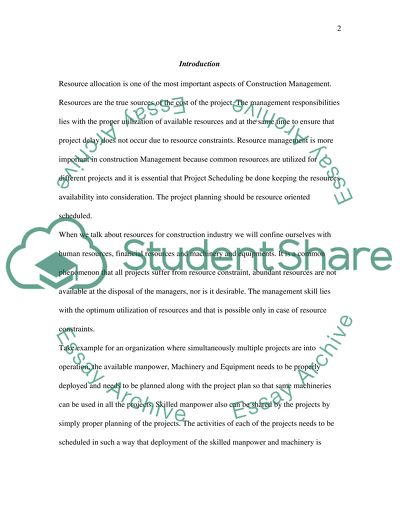Cite this document
(“Techniques available for Resource allocation and aggregation in Essay”, n.d.)
Techniques available for Resource allocation and aggregation in Essay. Retrieved from https://studentshare.org/miscellaneous/1504038-techniques-available-for-resource-allocation-and-aggregation-in-construction-project-management
Techniques available for Resource allocation and aggregation in Essay. Retrieved from https://studentshare.org/miscellaneous/1504038-techniques-available-for-resource-allocation-and-aggregation-in-construction-project-management
(Techniques Available for Resource Allocation and Aggregation in Essay)
Techniques Available for Resource Allocation and Aggregation in Essay. https://studentshare.org/miscellaneous/1504038-techniques-available-for-resource-allocation-and-aggregation-in-construction-project-management.
Techniques Available for Resource Allocation and Aggregation in Essay. https://studentshare.org/miscellaneous/1504038-techniques-available-for-resource-allocation-and-aggregation-in-construction-project-management.
“Techniques Available for Resource Allocation and Aggregation in Essay”, n.d. https://studentshare.org/miscellaneous/1504038-techniques-available-for-resource-allocation-and-aggregation-in-construction-project-management.


